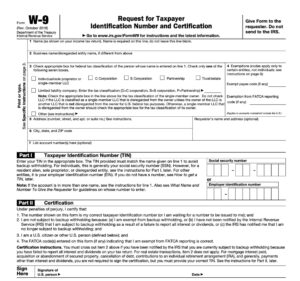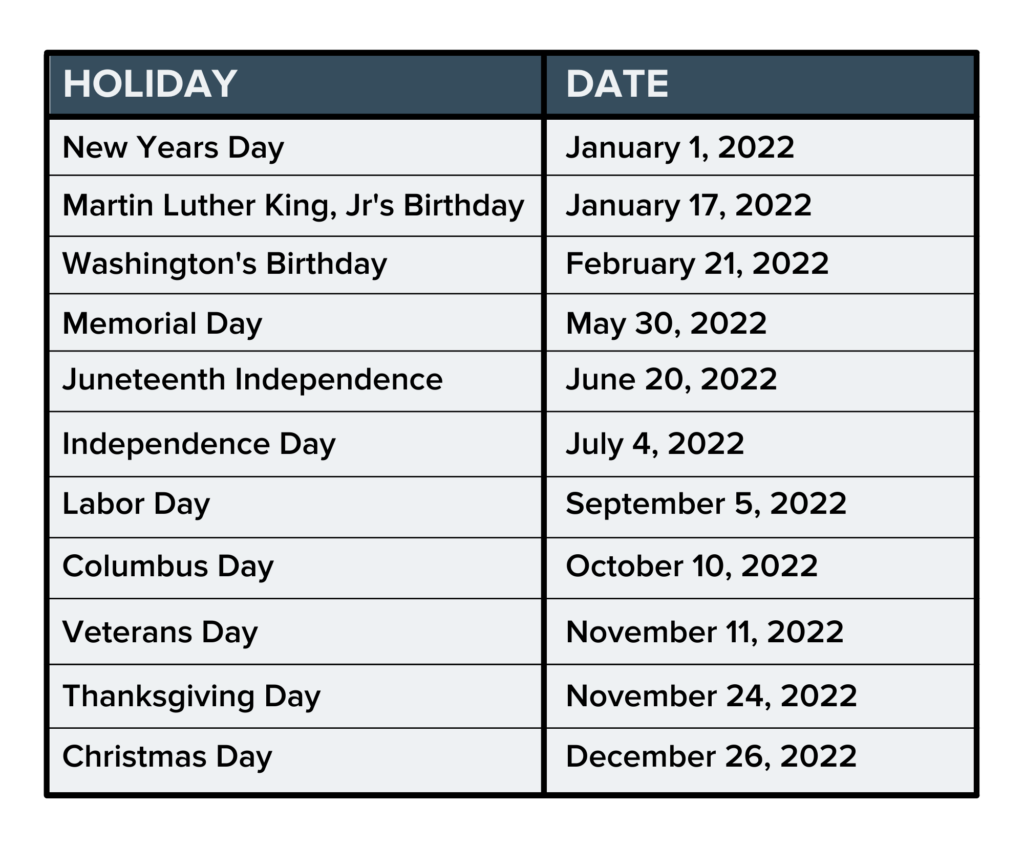Payroll is one of the most important processes for your business. It ensures your employees are paid on time and in full and your business complies with regulatory requirements.
However, payroll can also feel intimidating for small businesses. Outdated, manual processes can slow the process down and expose your organization to risk. But payroll software may also be overwhelming and, of course, expensive.
There is no one-size-fits-all solution to payroll processing, but understanding the basics can help you find the best way to run payroll for your business.
Consider this your ultimate guide to payroll processing to help set your business up for success.
Payroll Processing FAQs
All the answers to common payroll processing questions are in one place.
How Do You Process Payroll?
You can find plenty of payroll processing checklists online. Some are more comprehensive than others.
For small businesses, it all starts with understanding the basics of payroll processing. Here are the six simple steps every organization should follow:
1. Apply for an Employee Identification Number
According to the IRS, an Employer Identification Number (EIN) (of a Federal Tax Identification Number) is used to identify a business entity. Most businesses need an EIN to track payroll taxes and ensure compliance.
2. Collect Employee Information
Ensure you have the correct tax information for every employee, W4 for normal employees, and W9 for contractors. Taxes may differ for salaried employees compared to contractors, and some employees may have deductions while others don’t. Having this information ensures employee wages are accurate.
3. Choose a Payroll Schedule
Determine the best payroll schedule for your business. Business News Daily explains that there are four main schedules: monthly, semimonthly, biweekly, and weekly. This helps employees know when they will be paid.
4. Calculate Gross Pay
Then, it’s time to crunch numbers. According to Indeed, gross pay is the total amount of money an employee earns for time worked. It also includes any overtime, bonuses, or reimbursements
5. Determine Employee Deductions
This is perhaps the most complicated step. You must keep your employees’ W-4s, federal and state requirements, insurance requirements, and benefits requirements in mind to accurately determine payroll deductions.
6. Compute Net Pay
Simply subtract each employee’s deductions from their gross pay. This is the amount you will pay your employees. That means it’s time to approach payroll and pay your employees through direct deposit, paper checks, cash, etc.
Why is Payroll Processing Important?
Reliable, consistent payroll processing ensures your employees are paid fairly and you can file taxes correctly. It ensures compliance and creates a positive workplace environment where employees trust they will be paid on time and in full.
How Long Does Payroll Processing Take?
This ultimately depends on your payroll software and the number of employees. Manual calculations can take days, while a payroll service can help streamline the process. The best payroll processing systems only take a day or two to complete this process.
What Are Common Payroll Challenges?
There are many moving parts for payroll processing. Here are a handful of the most common payroll challenges for small businesses:
Compliance And Regulation Issues: Follow payroll compliance best practices to avoid penalties and damage to your reputation.
Manual Processes: Manually processing payroll slows your business down and increases the risk of human error.
Record Keeping: Paper payroll records are easily lost, which can lead to miscalculations.
Employee Misclassification: Ensure you properly distinguish between full-time employees and contractors.
Technology Integration: Siloed payroll services can be doing more harm than good. Choose a fully-integrated solution that’s secure.
In-House vs. Outsourcing Payroll Processing
When completing payroll, businesses have two options: doing things in-house or outsourcing to a payroll company.
Can You Complete Payroll Processing In-House?
Yes! However, very few businesses find handling payroll in-house more cost-effective and efficient. Businesses must be careful about compliance with wage and hour laws and stay up-to-date on the latest changes. Payroll processing in-house can be time-consuming and prone to error.
What is Payroll Processing Outsourcing?
You can also outsource payroll to a professional or utilize an automated payroll solution. When done right, payroll outsourcing can help businesses save money and better control their cash flow.
These companies and solutions keep tabs on the evolving payroll processes and allow for seamless data flow to ensure payroll is completed efficiently and correctly.
What Are Payroll Processing Fees?
These are the costs of payroll services. Some providers charge per month or per employee.
How FINSYNC Can Help
FINSYNC allows you to run your business on One Platform. You can send and receive payments, process payroll, automate accounting, and manage cash flow. To learn more about how we can help your business start, scale, and succeed, contact us today.









